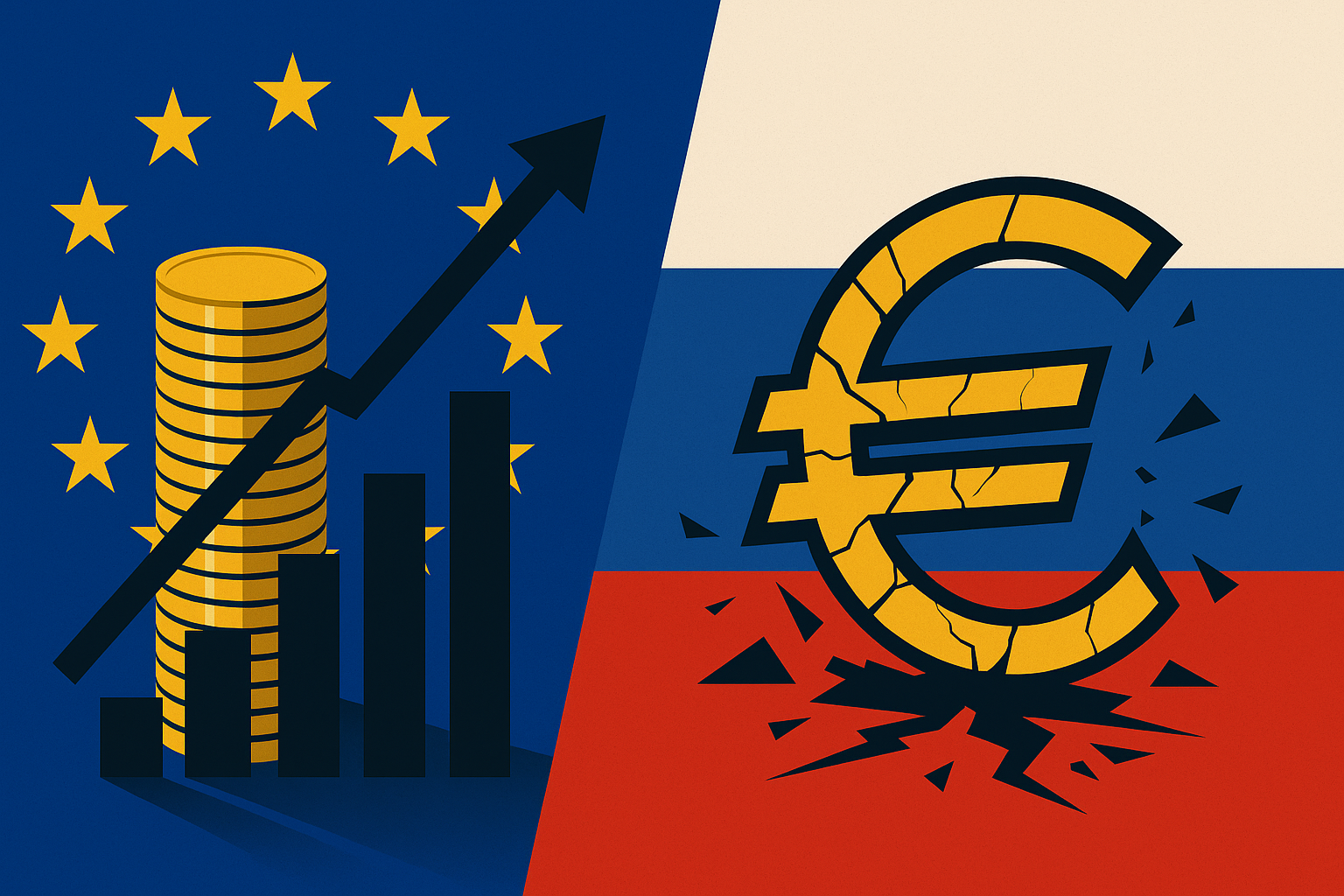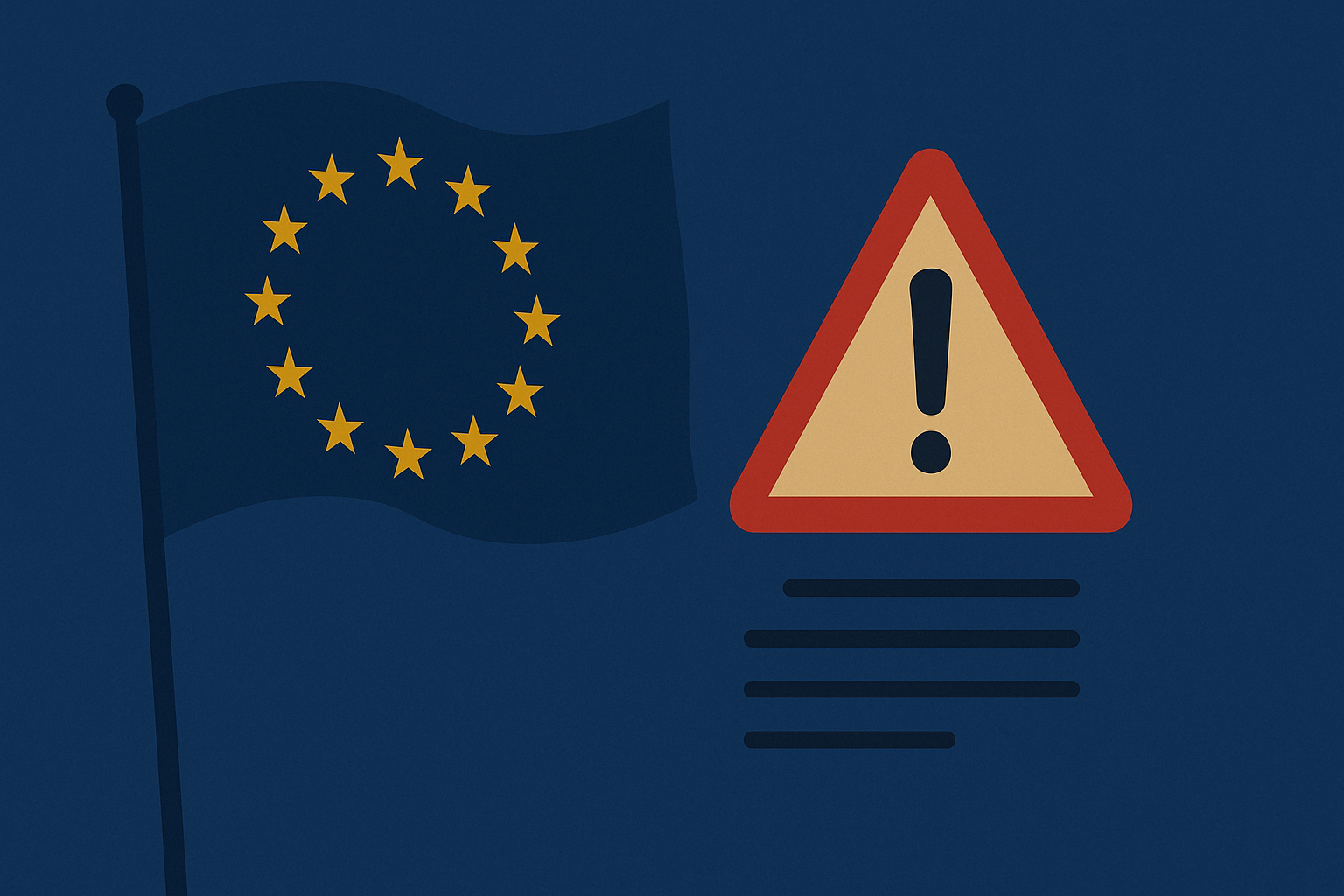French authorities have made the first arrests in connection with the €88 million jewellery heist at the Louvre Museum, a crime that stunned France and exposed serious weaknesses in the security of one of the world’s most visited cultural landmarks.
The Arrests
Paris prosecutor Laure Beccuau confirmed on Sunday that several suspects were taken into custody on Saturday evening following an intensive week-long investigation led by a team of roughly 100 detectives specialising in organised crime.
According to Beccuau, one of the suspects was arrested at Charles de Gaulle Airport while attempting to leave France. Although she did not specify the total number of detainees, French media outlet Le Parisien reported that two men in their thirties — both with previous burglary convictions — were apprehended. One of them had reportedly planned to fly to Algeria.
Beccuau cautioned against speculation or media leaks, warning that premature disclosures could jeopardise the ongoing investigation. Further details are expected once the initial custody period concludes.
The Heist
The arrests come a week after a daring daytime robbery at the Louvre shocked France. On the morning of the theft, four masked burglars used a lift mounted on a stolen van to access a first-floor window of the Galerie d’Apollon, which houses some of the museum’s most valuable treasures.
Once inside, the thieves smashed two display cases using angle grinders, stealing eight pieces of royal jewellery that once belonged to 19th-century queens. The operation took less than ten minutes.
Among the items taken were crowns and ornaments from the Second Empire, whose combined estimated worth exceeds €88 million, though their historical and cultural value is considered beyond calculation.
Security Concerns and Official Reactions
The ease and speed of the heist have raised major concerns about security at the world’s largest museum, which welcomes millions of visitors annually.
In a French Senate hearing, Louvre director Laurence des Cars admitted that blind spots in the museum’s exterior surveillance system allowed the thieves to park their van unnoticed before breaking in. She acknowledged “weaknesses in external monitoring” and proposed stronger perimeter controls, including possibly a permanent police presence within the museum complex — similar to the fire station already on site.
However, France’s Interior Minister Laurent Nuñez rejected this idea, arguing that the Louvre’s surrounding area is already well-patrolled.
“As soon as there was an alert, police were there in three minutes. A police station inside the Louvre would not have changed anything,” Nuñez told La Tribune Dimanche.
He also expressed concern that the stolen jewellery may have already been smuggled out of the country, complicating recovery efforts.
A Symbolic Wake-Up Call
The Louvre heist, described by French media as one of the most audacious thefts in modern French history, has triggered a nationwide review of museum security. The Ministry of Culture has instructed major cultural institutions to assess vulnerabilities and upgrade surveillance systems.
As the investigation continues, French authorities are racing not only to identify the entire network behind the heist but also to locate and recover the stolen jewels, which represent an irreplaceable part of France’s royal heritage.








